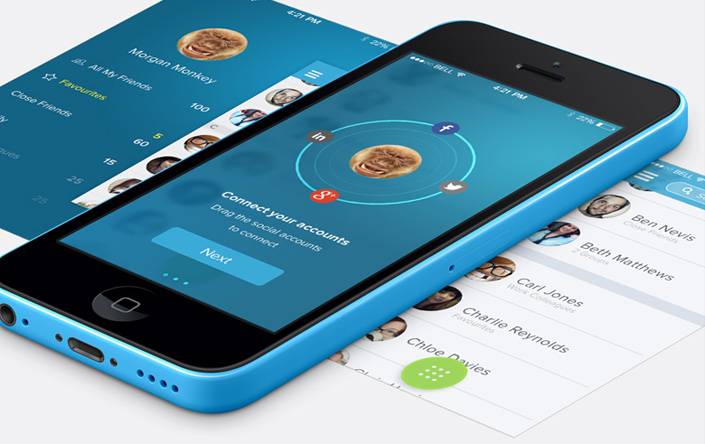When Google first announced that they were adding mobile websites to their search ranking algorithm, most businesses knew that this was going to change the landscape of SEO and e-commerce forever.
Now, just a few months since making the changes, Google has released a Research Report on all of the key statistics they have discovered when it comes to mobile marketing and SEO.
“Mobile search behaviour is a good reflection of our growing reliance. In many countries, more searches take place on mobile devices than on computers. Mobile is quickly becoming our go to.”
Through their time surveying mobile use, Google also discovered the following:
- 68 percent of users check their phone within 15 minutes of waking
- 30 percent of users feel nervous without their mobile device on them
- The average user check their phone 150 times per day
- 87 percent of users have their smartphone by their side day or night
- 82 percent of users state they consult their smartphone about purchases they are going to make in a store
- 91 percent of users turn to their phones for inspiration while completing a task
- 65 percent of users look for the most relevant information and not the brand or company offering it
- 51 percent of users have discovered a new company or product while searching on their smartphones
- 66 percent of users use their smartphone to learn more about something seen on a TV or radio commercial
“Thanks to mobile. micro-moments can happen anytime, anywhere. In those moments, consumers expect brands to address their needs with real-time relevance.”
As part of their best practices, Google has released 5 of the top brands that are leading the way when it comes to their mobile strategy.
1. Red Roof Inn: This clever US hotel chain capitalised on the fact that over 90,000 travellers are stranded everyday due to cancelled or missed flights. They ran a mobile search campaign under “Stranded at the Airport?” and received a 60 percent increase in last minute bookings.
2. Home Depot: Research has found that people who are looking to complete a DIY project are more likely to use their smartphone to watch a tutorial or video than their desktop. Knowing this, the hardware store created a series of DIY videos and uploaded them to YouTube.
Over the course of just a few months, Home Depot had over 100 DIY videos on YouTube which were gathering millions of views due to some clever mobile marketing. In fact, their videos have received more than 43 million hits to date.
Because of this super successful strategy, Home Depot was able to increase sales and has become a leading ‘go-to’ for DIY project videos.
3. Walmart: Proving that speed is everything when it comes to e-commerce, the huge retail chain decided to speed up their mobile site from a load time of 7 seconds to just 2.9 seconds. This increase of just a few seconds ended up helping the company to boost conversions by 2 percent, a decent number considering the company does billions a year in sales.
In order to speed up the time they changed their fonts, images and code on their mobile version in order to give consumers one of the fastest load times compared to all other big-box retailers.
4. Realtor.com: This real estate website hired actress Elizabeth Banks to create a 5 part YouTube series that walked people through the ins and outs of buying their first home.
Realtor.com found that more and more users were using their mobile device to search for properties and obtain information about becoming a first time home owner. They also found that people wanted the information in a creative and simple to understand way.
By creating this video series with the comedic actress, Realtor.com managed to receive 400,000 hits in just three weeks which boosted their click through rate by 30 percent.
5. Walgreens: The US pharmacy chain decided to create an app where users could fill prescriptions and order products to pick up in store. Since launching the app, Walgreens found that shoppers spend six times the amount when using the app as compared to those who don’t.
Since discovering this, the company has been pushing the app and now receives nearly 52 percent of their prescription re-fills from the app.
Concluding their findings, Google suggests that brands who want to maximise their mobile strategy should:
- Consider the most searched topics for your brand or category and focus on ranking for those keywords on mobile searches
- Focus on the share of consumer intent that you are capturing with your mobile marketing strategy versus other outlets
- Focus on offering information for consumers in buying mode, discovery mode and curiosity mode
- Speed up your mobile webpage to quickly and easily deliver information by eliminating steps and anticipating needs
- Focus on being there for the consumer to offer valuable information at the right time and in the right format
- Create a mobile page that only offers the essential things that consumers need from you
Do you need help creating a solid mobile website and marketing strategy? Contact us to discover more.




Hey!
It looks like you're browsing in . Would you like to switch over to the website?